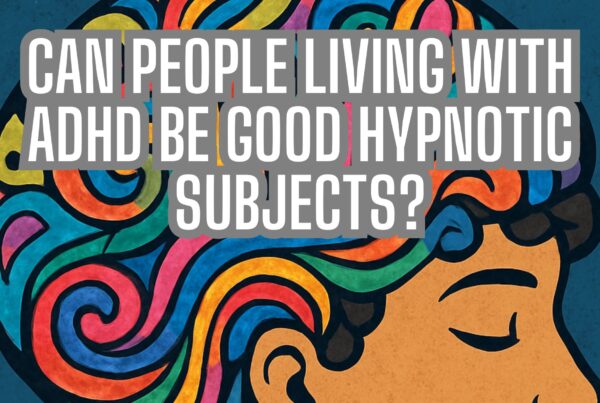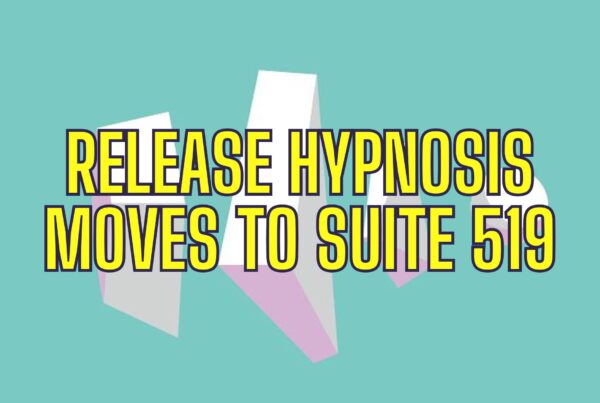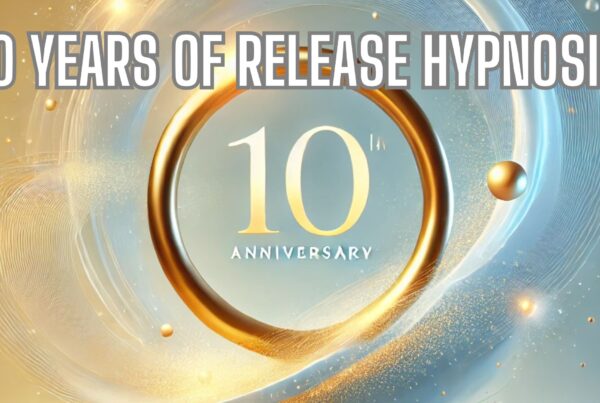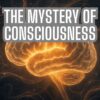Hypnosis for Pain Relief: Unraveling the Mystery
The Ancient Art of Hypnosis
Hypnosis, in various forms, has been practiced for thousands of years. Its transformative effects on pain, anxiety, childbirth, and phobias, especially in children, have been recognized by clinicians globally. Yet, it wasn’t until recently that scientific evidence began to support its profound effects.
Understanding Hypnosis
Often misunderstood, hypnosis is believed to be a state of conscious awareness that many of us experience multiple times daily. This state is characterized by focused concentration, a diminished perception of the external environment, and heightened suggestibility. People often describe being hypnotized as feeling like daydreaming, meditating, or even having out-of-body experiences.
Historically, hypnosis was the primary method for undergoing surgery without pain. James Braid, a Scottish surgeon in the 1840s, successfully operated on numerous patients using hypnosis. His achievements garnered significant attention. Over time, however, with the advent of pharmacological anesthesia, hypnosis was sidelined, often viewed as mere entertainment.
The Science Behind Hypnosis
Contrary to popular belief, hypnosis isn’t a state of sleep. Patients under hypnosis remain aware of their surroundings and can stop the process whenever they choose. The key to successful hypnosis in a clinical setting lies in the trust between the practitioner and the patient.
Recent advances in brain imaging techniques, such as fMRI and PET scans, have shed light on how hypnosis affects the brain. During hypnotic pain relief, activity in the anterior cingulate cortex, which connects the emotional and sensory areas of the brain, is modulated. This modulation allows sensations, which would typically be perceived as painful, to be experienced without the associated distress.
Hypnosis in Modern Medicine
Hypnosis is currently experiencing a resurgence in the medical community. In Belgium, anaesthetists are using hypnosis as an alternative to general anesthesia during various surgeries. Meanwhile, in the US, researchers are delving into how hypnosis can help manage chronic pain, including that from burns.
For over three decades, Adelaide’s Women’s and Children’s Hospital has turned to hypnosis to address a wide range of issues, from bedwetting to pain from renal dialysis. Currently, many pediatricians and anesthetists at the institution have training in hypnosis and actively incorporate it into their patient care strategies.
Anesthetists find that hypnotic techniques play a crucial role in empowering patients. They use these techniques not only to improve the anesthesia experience but also to aid in childbirth pain, prepare patients for surgery, and more. Although rare, some procedures rely solely on hypnosis. The primary advantage of this approach is the increased comfort it offers patients, especially during needle-related procedures.
The prevailing belief is that patients often possess untapped potential, sometimes even beyond what their doctors might expect. This realization paves the way for a plethora of therapeutic opportunities. Once seen merely as entertainment, the medical community now acknowledges the significant potential of hypnosis in patient care.
Further reading: Handbook of Communication in Anaesthesia & Critical Care: A Practical Guide to Exploring the Art
This article was inspired by an article originally published on The Conversation. Read the original article.
Release Hypnosis Melbourne Hypnotherapy
Since 2016, Lawrence Akers has operated as Release Hypnosis, providing Hypnotherapy and ACT-based services to Melbourne residents, both in-person and online. Conveniently located on St Kilda Rd, Release Hypnosis is easily accessible via the ANZAC station train and tram stop. Release Hypnosis offers solutions for a broad spectrum of issues. For those uncertain about the benefits of hypnotherapy, I provide a complimentary 30-minute discovery call to guide them.
Book Your FREE 30 Minute Consultation With Release Hypnosis NOW!
Sign up to the newsletter
Powered by EmailOctopus
You may also like to read:
How to Achieve Your New Year’s Resolutions – Success after Jan 1st
How to Achieve Your New Year’s Resolutions – Getting Ready for Jan 1st
‘I Can’ Vs ‘I Can’t’: Stuck In The Problem And Unable To Change
What if you don’t want to do New Year’s Resolutions?








